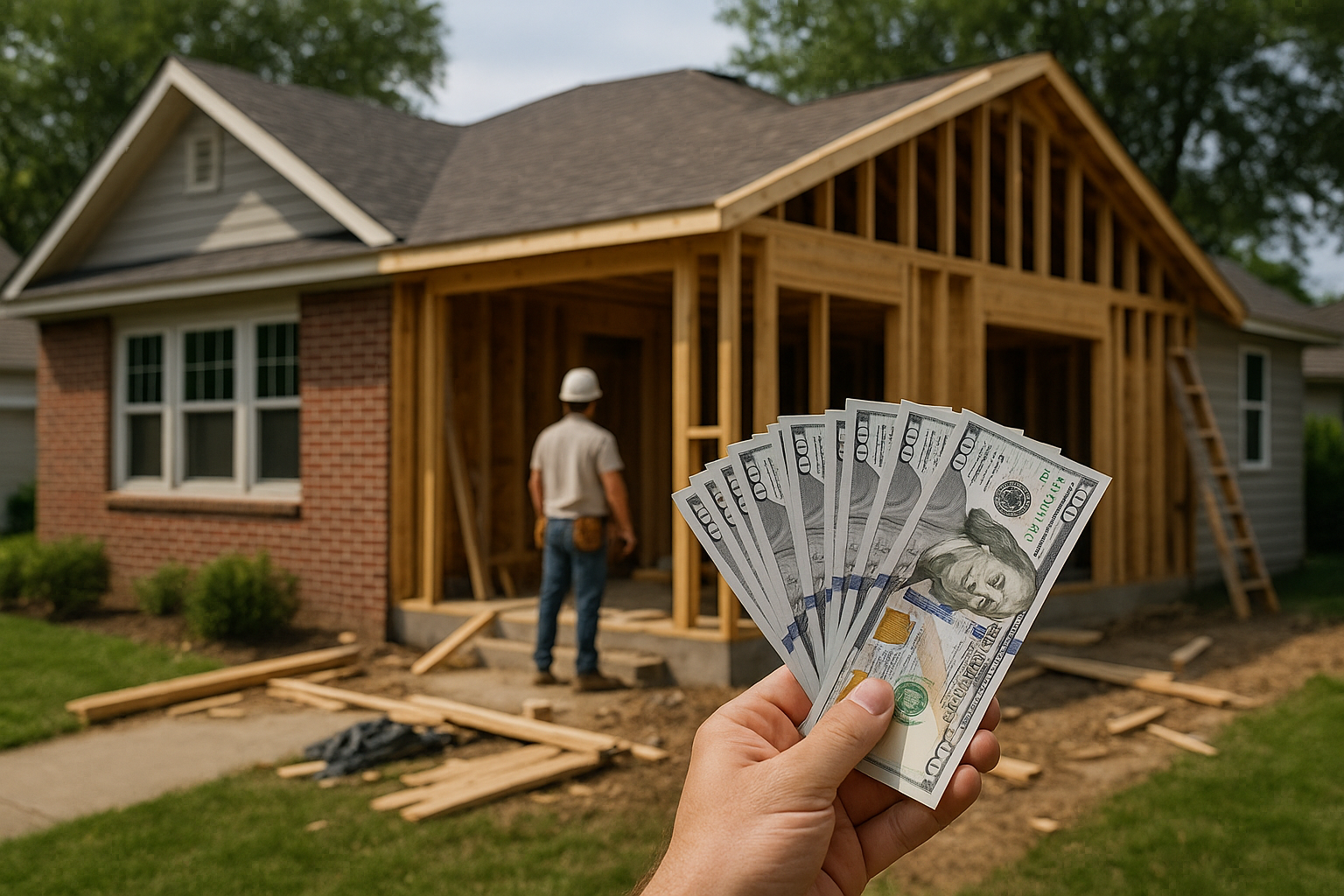Affordable Abandoned Houses for Sale UK 2025
Did you know many abandoned homes in the UK sell below market value but require major renovations and repairs? Learn how to spot these hidden bargains, navigate auctions, and access regional grants to make your dream renovation both affordable and feasible.

The UK property market continues to present challenges for first-time buyers and investors alike, with abandoned houses emerging as an alternative pathway to homeownership. These properties, left vacant due to various circumstances including financial difficulties, inheritance disputes, or urban decay, can offer substantial savings compared to conventional property purchases.
Understanding Affordable Abandoned Houses in the UK in 2025
Abandoned properties in the UK fall into several categories, each with distinct characteristics and acquisition processes. Empty homes that have been vacant for extended periods often become available through local council initiatives, auction houses, or direct negotiation with owners. The definition of “abandoned” varies, but typically includes properties left unoccupied for over two years, those in significant disrepair, or buildings where ownership has become unclear.
Local authorities maintain empty homes databases, tracking properties that could potentially return to residential use. These databases serve as valuable resources for identifying opportunities, though not all listed properties are immediately available for purchase. The condition of abandoned houses ranges dramatically, from structurally sound buildings requiring cosmetic updates to properties needing complete reconstruction.
Ways to Locate Affordable Abandoned Houses for Sale
Property auctions represent the most common avenue for acquiring abandoned houses, with major auction houses conducting regular sales across the UK. Online platforms have expanded access to these opportunities, allowing buyers to research properties and participate remotely. Local estate agents specializing in distressed properties often maintain networks of potential acquisitions.
Council empty homes officers can provide information about long-term vacant properties in their areas, sometimes facilitating connections between buyers and reluctant sellers. Property investment networks and forums frequently share leads on abandoned properties, creating communities of buyers focused on this market segment.
Direct approaches to property owners, identified through Land Registry searches, can occasionally yield results where properties appear abandoned but retain clear ownership. This method requires patience and diplomatic communication skills.
Important Legal and Financial Points When Buying Abandoned Houses
Purchasing abandoned properties involves complex legal considerations that extend beyond standard property transactions. Title issues frequently arise, particularly where properties have been vacant for extended periods or where inheritance disputes exist. Comprehensive legal searches become essential to establish clear ownership and identify any outstanding debts, charges, or legal claims against the property.
Planning permissions and building regulations compliance require careful investigation, as abandoned properties may have unauthorized modifications or may not meet current safety standards. Environmental concerns, including potential contamination or structural hazards, necessitate thorough surveys before purchase.
Financing abandoned property purchases often proves challenging, as traditional mortgage lenders typically avoid properties in poor condition or with unclear legal status. Cash purchases remain most common, though specialist bridging finance or renovation mortgages may provide alternatives for qualified buyers.
What Renovating Abandoned Properties May Involve
Renovation scope varies dramatically depending on the property’s condition and period of abandonment. Structural assessments typically reveal issues with roofing, damp penetration, electrical systems, and plumbing infrastructure. Properties abandoned for several years often require complete rewiring and replumbing to meet current building standards.
Damp and mold remediation frequently represents significant expense, particularly in properties where weather ingress has occurred over extended periods. Heating systems typically require replacement, and insulation upgrades become necessary to achieve modern energy efficiency standards.
Planning applications may be required for structural changes or extensions, adding time and cost to renovation projects. Listed buildings or properties in conservation areas face additional restrictions that can substantially impact renovation approaches and costs.
| Property Type | Average Purchase Cost | Estimated Renovation Cost | Total Investment |
|---|---|---|---|
| Victorian Terrace | £45,000 - £85,000 | £35,000 - £65,000 | £80,000 - £150,000 |
| 1930s Semi-Detached | £55,000 - £95,000 | £25,000 - £45,000 | £80,000 - £140,000 |
| Post-War Bungalow | £40,000 - £70,000 | £20,000 - £40,000 | £60,000 - £110,000 |
| Modern Townhouse | £65,000 - £110,000 | £15,000 - £35,000 | £80,000 - £145,000 |
Prices, rates, or cost estimates mentioned in this article are based on the latest available information but may change over time. Independent research is advised before making financial decisions.
Practical Advice for Purchasing Affordable Abandoned Houses in 2025
Successful abandoned property acquisition requires thorough preparation and realistic expectations. Building a team of specialists including solicitors experienced in complex property transactions, structural engineers, and renovation contractors becomes essential before beginning the search process.
Budget planning should account for purchase costs, legal fees, survey expenses, and a substantial contingency for unexpected renovation discoveries. Many buyers underestimate the total investment required, leading to incomplete projects or financial strain.
Timing considerations include seasonal factors affecting renovation work, local authority processing times for planning applications, and utility reconnection schedules. Winter purchases may delay exterior work, while summer acquisitions can facilitate faster progress.
Risk assessment should evaluate neighborhood trends, future development plans, and resale potential. Some abandoned properties exist in declining areas where investment recovery may prove challenging, while others sit in regeneration zones with strong growth potential.
Abandoned property investment in the UK requires patience, expertise, and substantial financial resources, but can provide pathways to affordable homeownership or profitable property development. Success depends on thorough research, professional guidance, and realistic assessment of both opportunities and challenges inherent in this specialized market segment.




